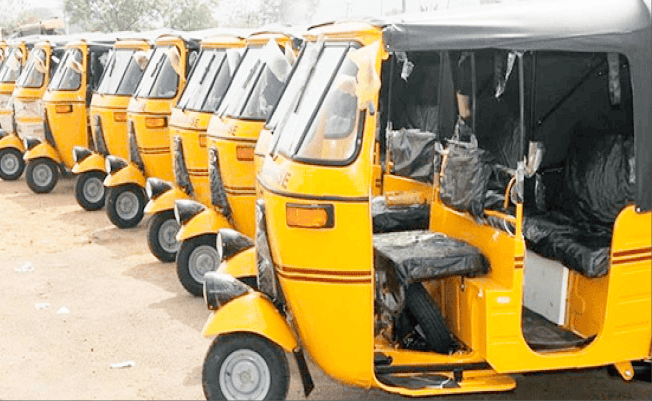Current Prices of Keke Napep in Nigeria

Keke Napep, also known as tricycle or “auto rickshaw” in some parts of the world, has become a very popular means of transportation in Nigeria. They offer a blend of affordability, efficiency, and ease. Tricycles have replaced motorbikes(Okada) in some areas due to the bike ban.
This means of transportation was introduced to Nigeria in 2002 as one of the projects of the National Poverty Eradication Programme (NAPEP) from which it derived its surname.
In the not-so-distant past, owning a Keke Napep was a dream within reach, particularly for individuals seeking economic independence. The initial investment was often manageable, allowing individuals to enter the transportation sector and carve their path to financial security. But just like the ever-evolving Nigerian economy, the story of the Keke Napep has taken an intriguing turn.

Are you looking to buy one of these to kickstart your transportation business and you are wondering how much they cost now? This article will provide you with insight into how much Keke Napep costs, we will expose you to the different kinds of Keke Napeps and accompanying prices.
Grab a seat and focus while we take you through the cost of this reliable means of transportation and the factors that influence their current prices.
Current Prices of Keke Napep in Nigeria
Fairly Used Keke Napep Prices in Nigeria
- Bajaj Tricycle: ₦1,200,000 – ₦1,350,000
- Piaggio Tricycle (Diesel Engine): ₦1,250,000 – ₦1,350,000
- Daylong Tricycle: ₦1,180,000 – ₦1,300,000
- TVS Tricycle: ₦1,180,000 – ₦1,350,000
Brand New Keke Napep Prices in Nigeria Today
- Bajaj Tricycle: ₦2,800,000 – ₦3,850,000
- Piaggio Tricycle (Diesel Engine): ₦2,550,000 – ₦2,700,000
- Daylong Tricycle: ₦2,500,000 – ₦2,600,0
- TVS Tricycle: ₦2,580,000 – ₦3,650,000
Factors that influence the cost of Keke Napeps in Nigeria
- Brand and Model: Popular brands like Bajaj and TVS generally command higher prices compared to lesser-known manufacturers. Different models within a brand may also have varying price points based on features and specifications.
- Condition: Brand new Keke Napeps are naturally more expensive than used ones. However, the condition of a used Keke Napep significantly impacts its price. A well-maintained used model can still fetch a good price, while one with significant wear and tear will be considerably cheaper.
- Location: Prices can fluctuate slightly depending on the region of purchase. Urban areas like Lagos and Abuja might see slightly higher prices compared to rural areas.
Factors to Consider When Acquiring a Keke Napep
- Functionality: Choose a Keke Napep that suits your needs. Opt for passenger models if transporting people is your primary purpose, or consider cargo models for goods.
- Durability: A well-maintained and durable Keke Napep will serve you longer and require fewer repairs, even if the initial investment is slightly higher.
- Safety: Ensure the Keke Napep is in good working condition, with proper brakes, lighting, and a sturdy frame. Prioritize your safety and the safety of others.
Conclusion
The numbers might seem daunting at first, but remember, owning a Keke Napep can be a solid investment toward your financial goals. With careful consideration of the different factors influencing the price, your budget, and your specific needs, you can find the perfect Keke Napep that fits your business plan and helps you pave the road to success.
